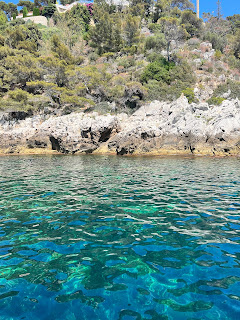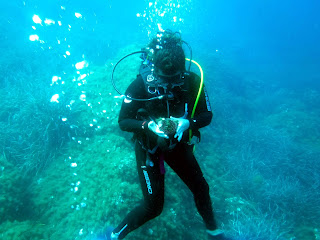Intertidal Zone Stressors
Many stressors occur at low tide in the intertidal zones.
Temperature
The temperature can be a big stress on organisms during low tide. However, they have many coping mechanisms. Tide pools can become small refuges for organisms in the area. Organisms that are sessile will live in cracks or rocks, or other areas that stay moist. Mobile organisms move to moist areas. Slow mobile organisms (like snails) can clamp down and seal off from the outer environment (bivalves, limpets). Snails seal off using hard operculum. Some organisms even dry out and rehydrate.
Waves
Waves are another stressor known to affect organisms during low tide. Waves bend/refract as they come into shore according to depth, this can affect wave force/wave shock. To combat this, organisms will use attachment – algal holdfasts, mussel byssal threads, suction cups, muscular feet, etc. Some organisms will change body form, be flexible (algae), or have a low profile.
Amanda Christianson
03.06.2022



Comments
Post a Comment